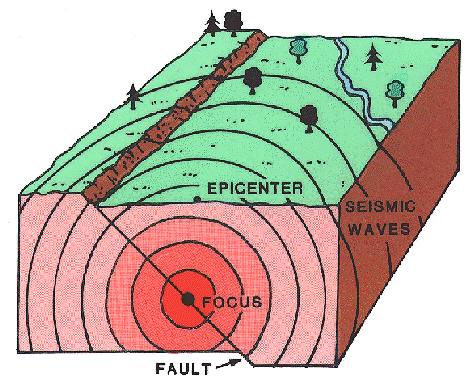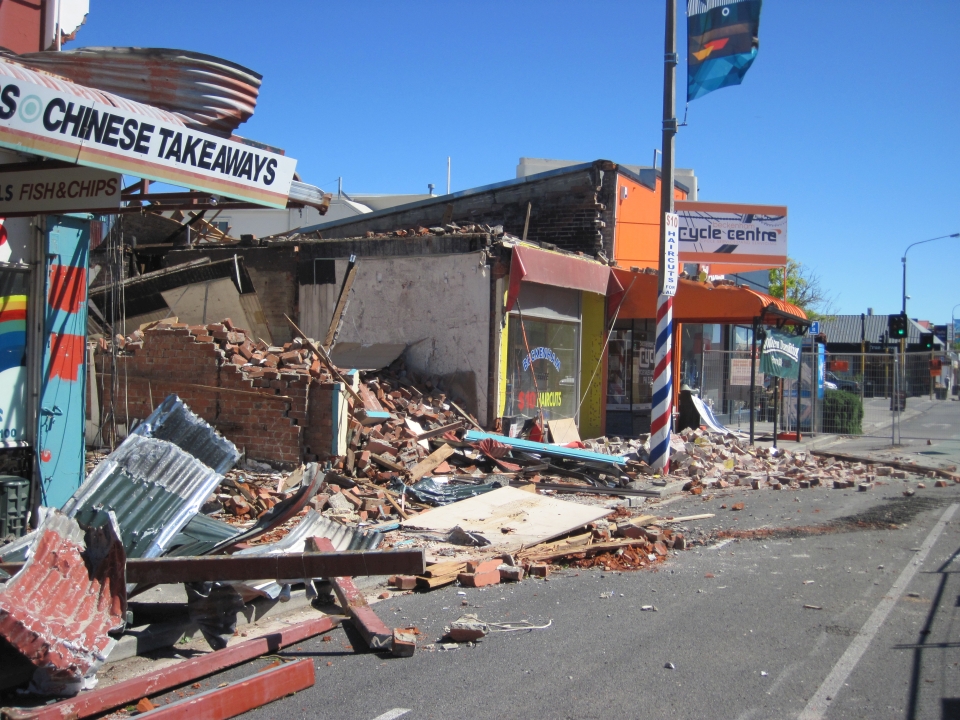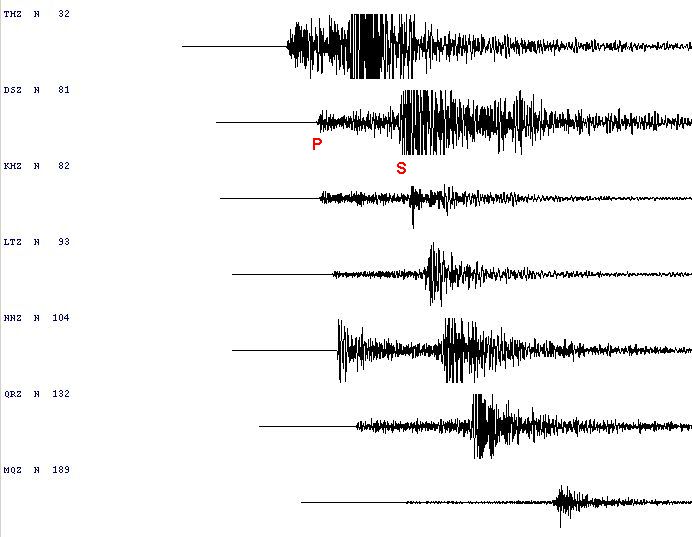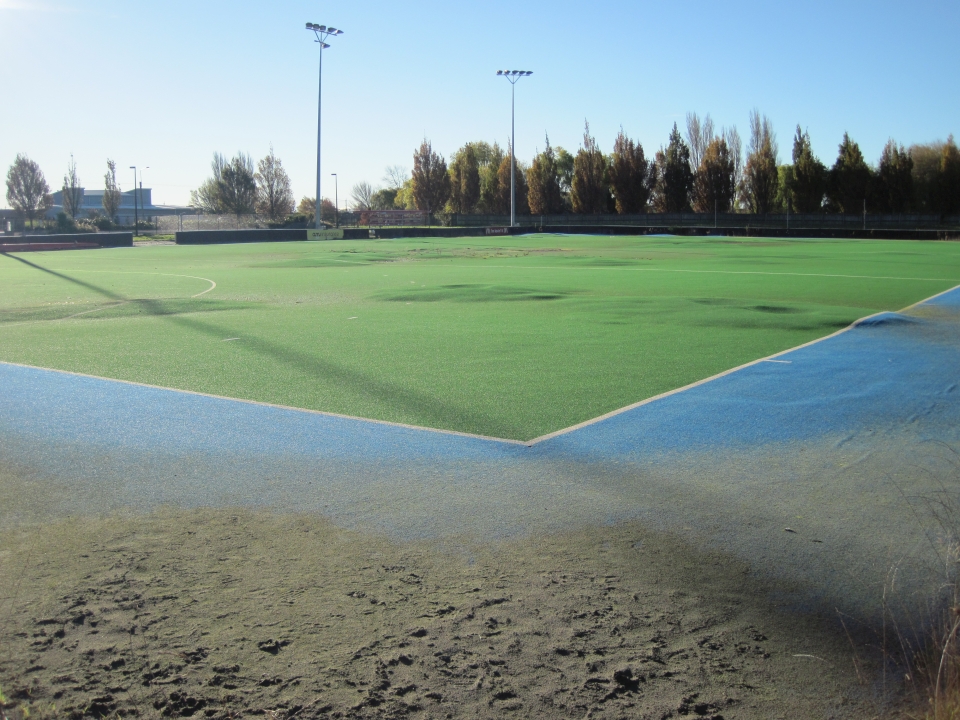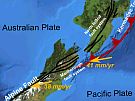Earthquakes happen every day in New Zealand. Most earthquakes are too small to be noticed, but each year between 150 and 200 are large enough to be felt.
Earthquakes occur most often where two moving plates meet and press against each other, as they do in New Zealand. Stresses cause the rocks to break and create cracks. If the crack or fracture reaches the surface, it is called a fault.
Many of New Zealand's active faults have been mapped. Scientists do not know exactly how many faults there are, as they are not always visible.
Faults
Shallow earthquakes usually break to the surface to create faults. Sometimes the blocks of rock on either side of a fault shift to a new position in just a few seconds. This sudden release of energy sends out waves, which are felt on the surface as an earthquake. The strength of the earthquake depends on the area of fault that has shifted and the amount of movement. A small area and small movement creates a small earthquake.
Seismic waves
The place where a fault breaks is called the focus, and the point directly above on the Earth’s surface is called the epicentre. The energy released by an earthquake spreads outwards as seismic waves, or shock waves.
Two types of seismic waves are created:
The P-wave (primary wave) is a pulse of energy that travels quickly through the Earth and through liquids. It forces the ground to move backwards and forwards. It is often heard rather than felt.
The S-wave (secondary wave) follows more slowly, shaking the ground up and down at right angles to the direction of the P-wave causing more damage.
Earthquakes in Māori tradition
Long before Europeans arrived, Māori had felt rū whenua which means ‘the shaking of the land’. According to Māori tradition, earthquakes are caused by the god Rūaumoko the son of Ranginui (the Sky) and his wife Papatūānuku (the Earth).
Rangi had been separated from Papa, and his tears had flooded the land. Their sons tried to turn their mother face down, so that she and Rangi would not see one another’s sorrow. When Papatūānuku was turned over, Rūaumoko was still at her side and was carried to the world below. To keep him warm he was given fire. He is the god of earthquakes and volcanoes, and the rumblings of the land are made by him as he walks about.
Māori accounts of earthquakes
Several accounts of earthquakes felt by Māori were recorded by European writers. They described two large earthquakes, at Taupō and Rotorua. It was said that at Rotorua a pā, with about 1,000 people, was swallowed up and the area became a lake.
Māori also spoke of two earthquakes along the Whanganui River in the 1830s.
Early European accounts of earthquakes
The most powerful New Zealand earthquake in recent history happened in the Wairarapa in 1855. During this magnitude 8.2 earthquake part of the nearby Rimutaka Range rose more than 6 metres. This is the biggest known earthquake movement to have been recorded anywhere in the world.


